Corrosion: the main enemy of the fleet
The transition from wooden to metal shipbuilding gave certain advantages, but led to new problems. Seawater in the form of liquid and aerosol is a very aggressive medium that can damage and destroy metal parts. Over time, ships become covered with rust, which must be fought. Fortunately, several basic methods for the prevention and disposal of corrosion exist and are actively used.
Navy issues
The other day in the American media there were interesting publications on the topic of maintaining and restoring the technical readiness of US Navy ships. Despite all the successes of shipbuilders, corrosion remains a serious problem, the solution of which costs significant amounts.
According to the press, in 2014, the US Navy spent about $ 3 billion on rust removal and structural processing, about a quarter of the total cost of repairing military and auxiliary personnel fleet. It is noted that corrosion affects all ships and vessels, regardless of their design. Maintenance requires both steel aircraft carriers with a displacement of tens of thousands of tons, and lightweight aluminum boats.
Corrosion control is carried out in several ways and in all conditions. Some measures are taken during construction or dock repairs; other techniques can be used for minor repairs by crew directly during the trip.
Nevertheless, despite all the efforts of the crews and repairmen, ships often do not look the best. Seams, corners, holes and other structural elements are quickly covered with a characteristic brown coating, and its removal on large ships turns into a continuous process. After working in one area, you have to move to another, and so without interruptions.
It should be noted that all fleets of the world suffer from corrosion, including and ours. In fact, on any ship - especially after military service - you can find rusty parts and characteristic marks on the paint. The exception is perhaps the ships preparing for the festive events. Their crews take all measures of a technical and aesthetic nature.
Obviously, the fight against rust is a significant part of the costs of the Russian Navy for the maintenance of ships. However, exact figures of this kind have not yet been published in open sources. It can be assumed that the share of such expenses is not too different from American practice.
It should be noted that not only the ships themselves suffer from corrosion. External factors adversely affect the work and resource of ship systems, weapons, deck aviation etc. In all cases, it is necessary to take measures to prevent and combat rust.
Rust theory
Warships, like other metal objects, suffer from corrosion due to external factors. The main one is salty sea water and its vapors. There are also other factors that can lead to rust, weakening and destruction of parts.
In general, it is customary to separate the three types of corrosion. More rare in shipboard practice is chemical corrosion due to the action of some substances on the metal in a dielectric atmosphere. More frequent is electrochemical corrosion, in which the metal is destroyed by various chemicals and electric currents of different nature. The latter can appear due to leaks in ship networks (electrical corrosion) or may be formed due to the interaction of metals and other substances (electrochemical).
The foci of rust are superficial, subsurface and intergranular. Damage to the surface is immediately visible, while subsurface damage leads to swelling of the metal, which also simplifies detection. Intergranular corrosion, affecting the face of the material crystals, has no external manifestations and is the most dangerous.
In the early stages, corrosion leads to brown spots and unaesthetic sagging. Then the damage to the metal begins to affect the strength of the structure. If measures are not taken in time, one should expect the appearance of deep damage or even through holes in the metal, depending on its thickness. Loaded parts, losing strength, can collapse with the most serious consequences.
Problem prevention
Several basic methods for protecting a ship from rust are known and applied. They are constantly being improved, but the basic principles as a whole remain unchanged.
A radical solution to the problem is the use of non-metallic materials or alloys that are slightly susceptible to corrosion. Wood, plastics and composite materials of various kinds do not rust - although they are subject to other risks with prolonged exposure to salt water. Aluminum structures are also not protected from the negative effects of the environment, but are more resistant to corrosion in comparison with the main grades of steel.
When using materials susceptible to corrosion, several basic methods of protection are used - both individually and in various combinations. Protection can be mechanical, chemical, electrochemical and electrical, and is carried out using various means.
Protection against electrical corrosion is carried out by the correct construction of the ship's electrical systems, eliminating leaks to the hull. It is also necessary to ensure the insulation of the case, which does not allow contact of the metal with water. Electrochemical protection is based on the idea of changing the course of the reaction using special means. An example of this is protection with zinc - coating or bars on the outer surface of steel parts. Under the influence of salt water, zinc is destroyed, but the steel remains intact.
Mechanical and chemical protection involves the application of coatings or the creation of oxide films on the surface of a metal in one way or another. In this case, the contact of the metal with water and, as a consequence, the formation of rust is prevented.
Active struggle
It is impossible to completely and guaranteed to prevent the formation of rust, and therefore regularly have to deal with existing structural damage. Such repairs can be either simple or quite complicated - depending on the size and depth of the damaged areas.
If a rust spot is found, it is required to clean the part to intact metal, and then treat it with a protective compound and apply a regular paintwork. During the campaign, these tasks can be solved with the help of a hand tool, and more complex equipment is used in the docks.
It should be noted that getting rid of corrosion is not only difficult, but also expensive. According to well-known data, the US Navy now uses the two-component protective composition Ameron PSX-700 to process cleaned surfaces. A gallon of such a mixture costs about $ 250 and theoretically enough for 27 sq.m. surface. At the same time, the PSX-700 is considered not only effective, but also one of the cheapest means of its class.
The naval forces of other countries use other coatings and compositions of the same purpose with different cost and different unit consumption. However, the principles of repair do not change: removing rust, applying protection, painting.
The fight without end
Corrosion and destruction of metal structures is a serious problem requiring constant attention at all levels. According to various estimates, rust annually destroys the equivalent of 10-15 percent in the world. total annual steel production, and developed countries have to spend up to several percent of GDP to combat it.
Together with other structures, the naval forces of different countries suffer from corrosion. At various stages of the design, construction and operation of ships, all necessary measures are taken, but it is not possible to completely eliminate the damage to the metal structure. And the characteristic leakage on the surface of the ships is not the biggest problem.
Unfortunately, all existing measures can only reduce the likelihood of damage to ships from corrosion, as well as reduce its negative effects - but not completely eliminate it. A radical solution to the problem may be associated with the rejection of metals in shipbuilding, but with the current development of technology this is simply impossible. Therefore, the fight against rust will continue.
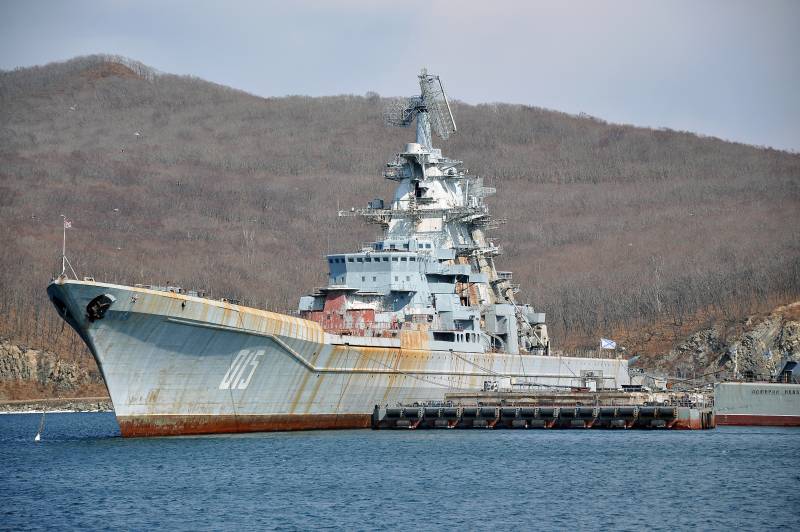
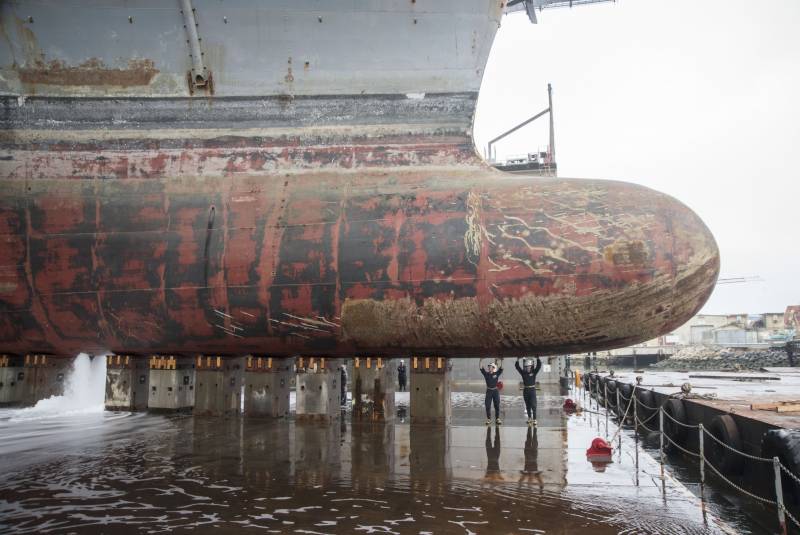
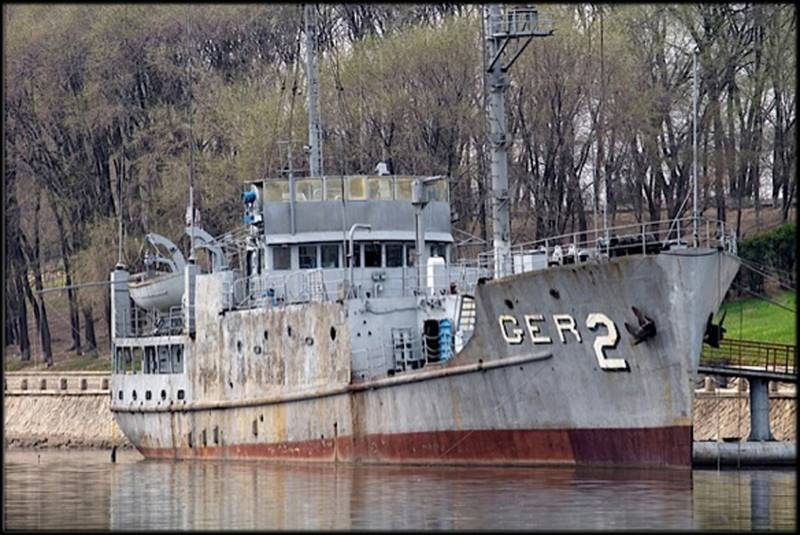
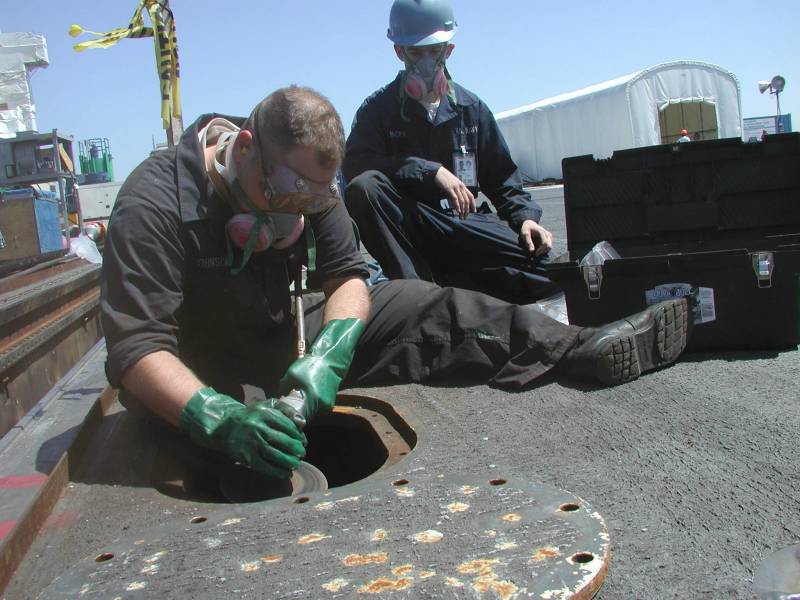
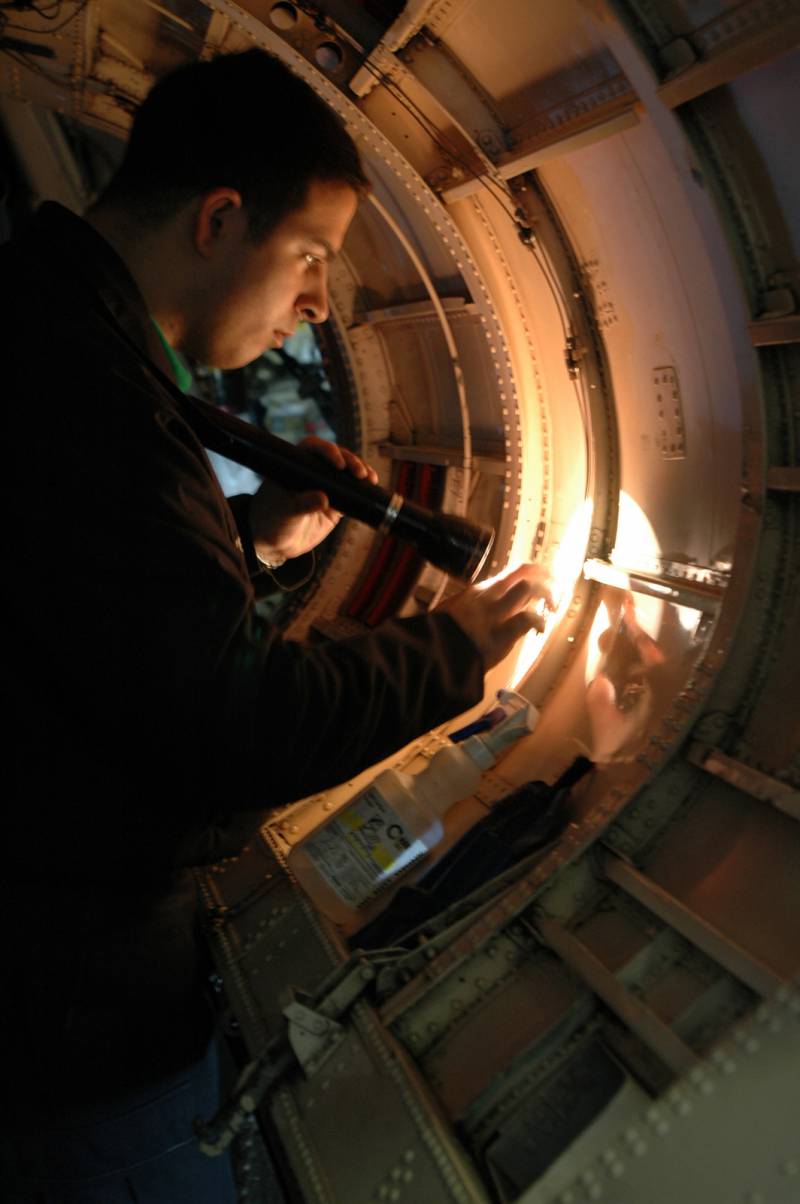
Information